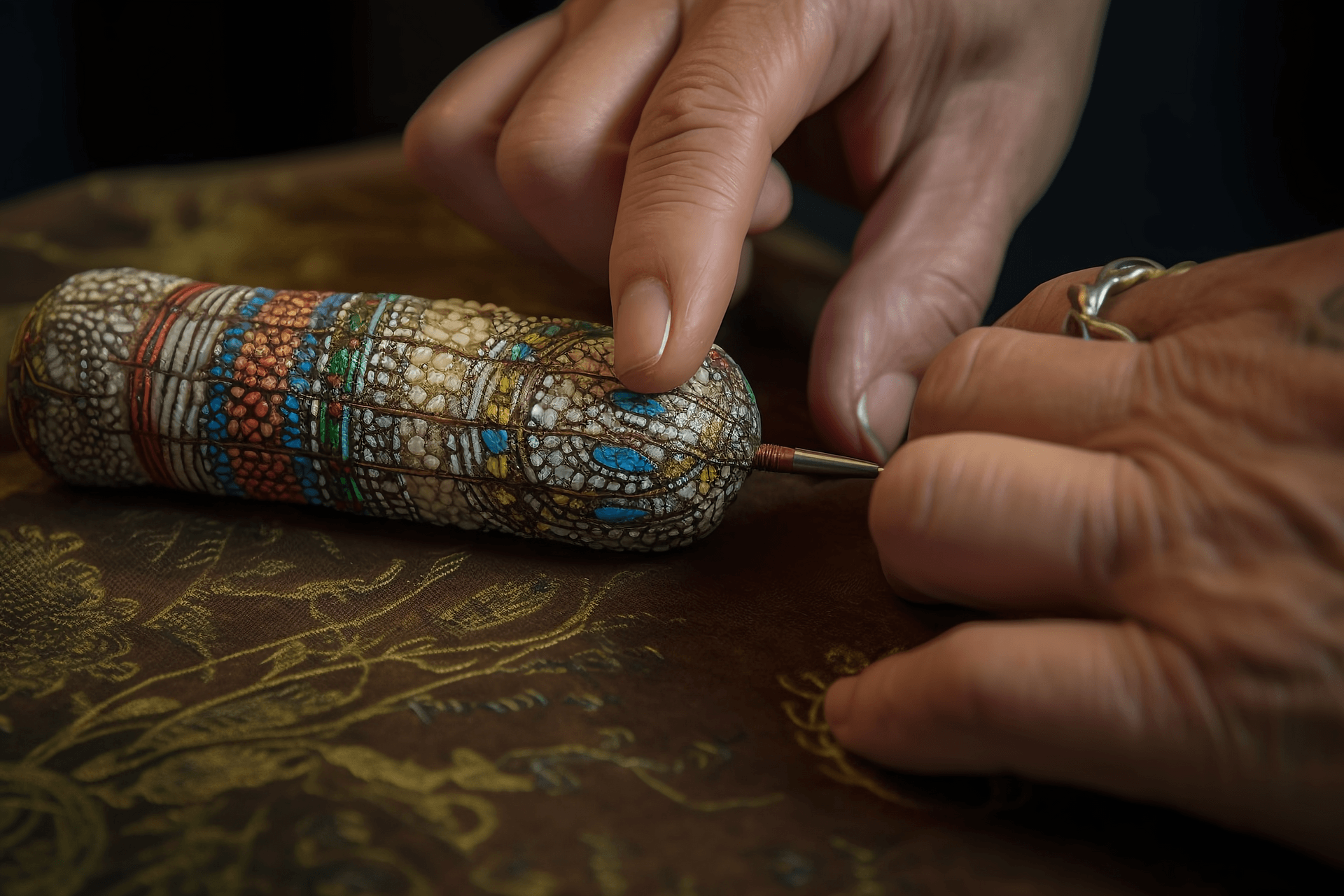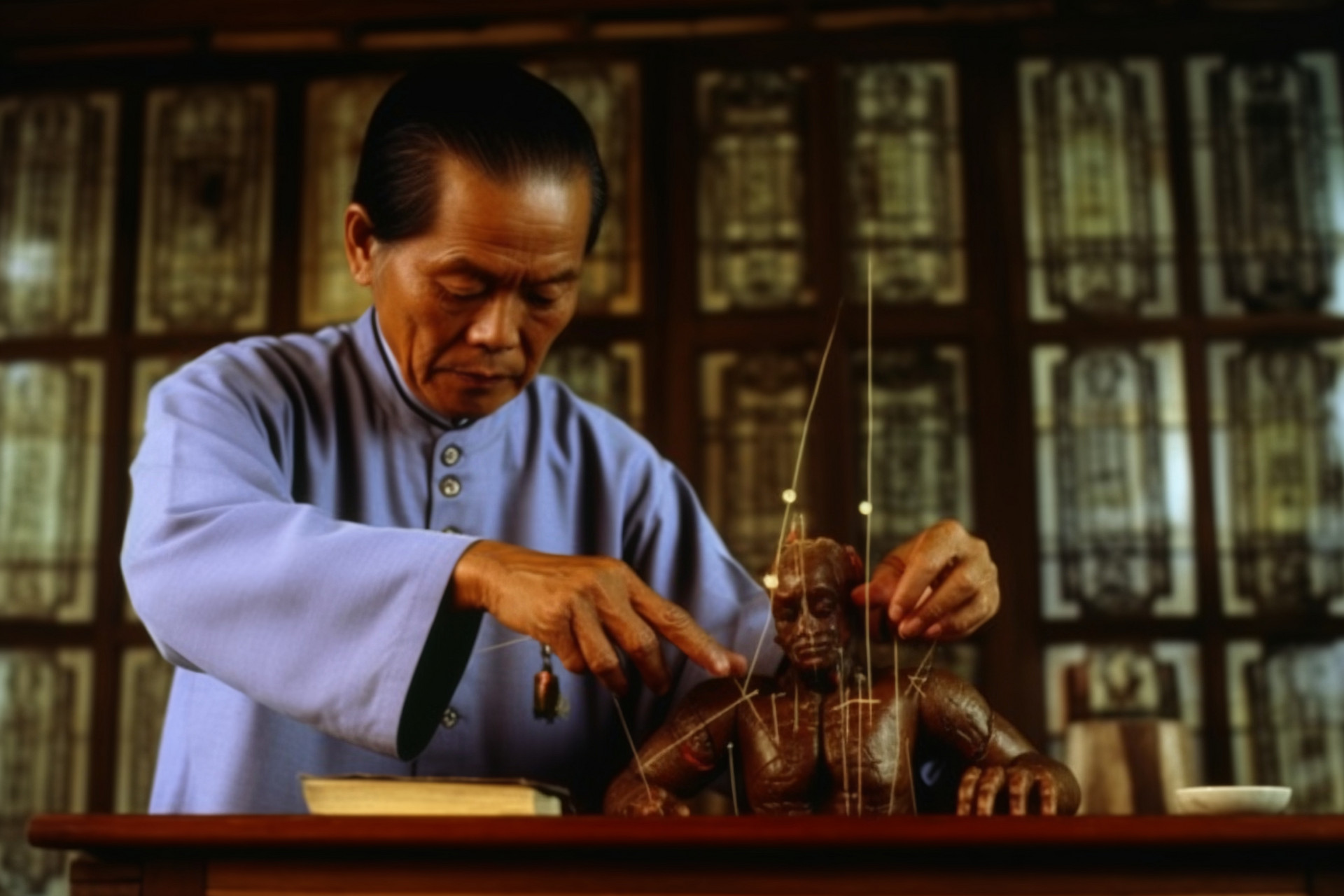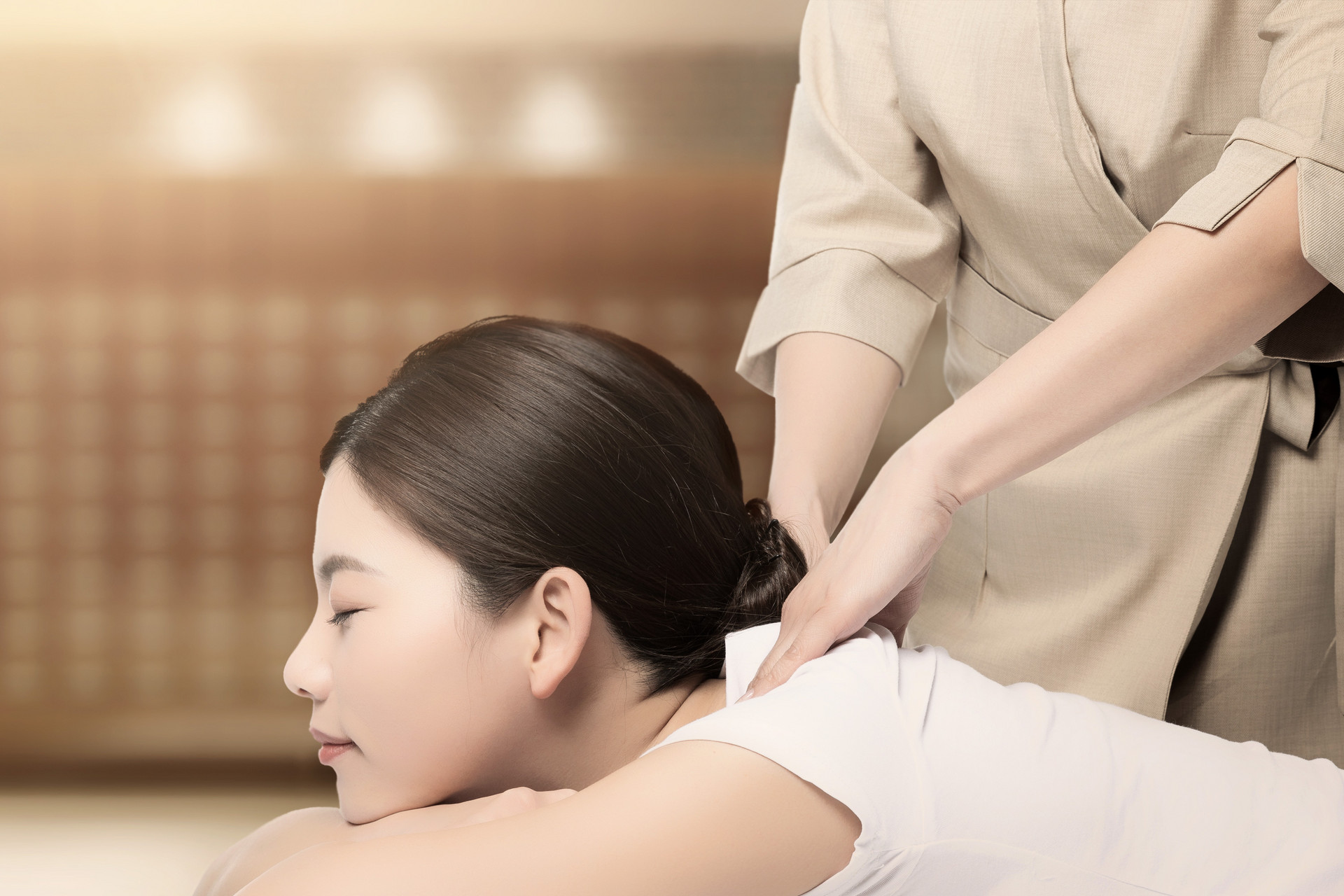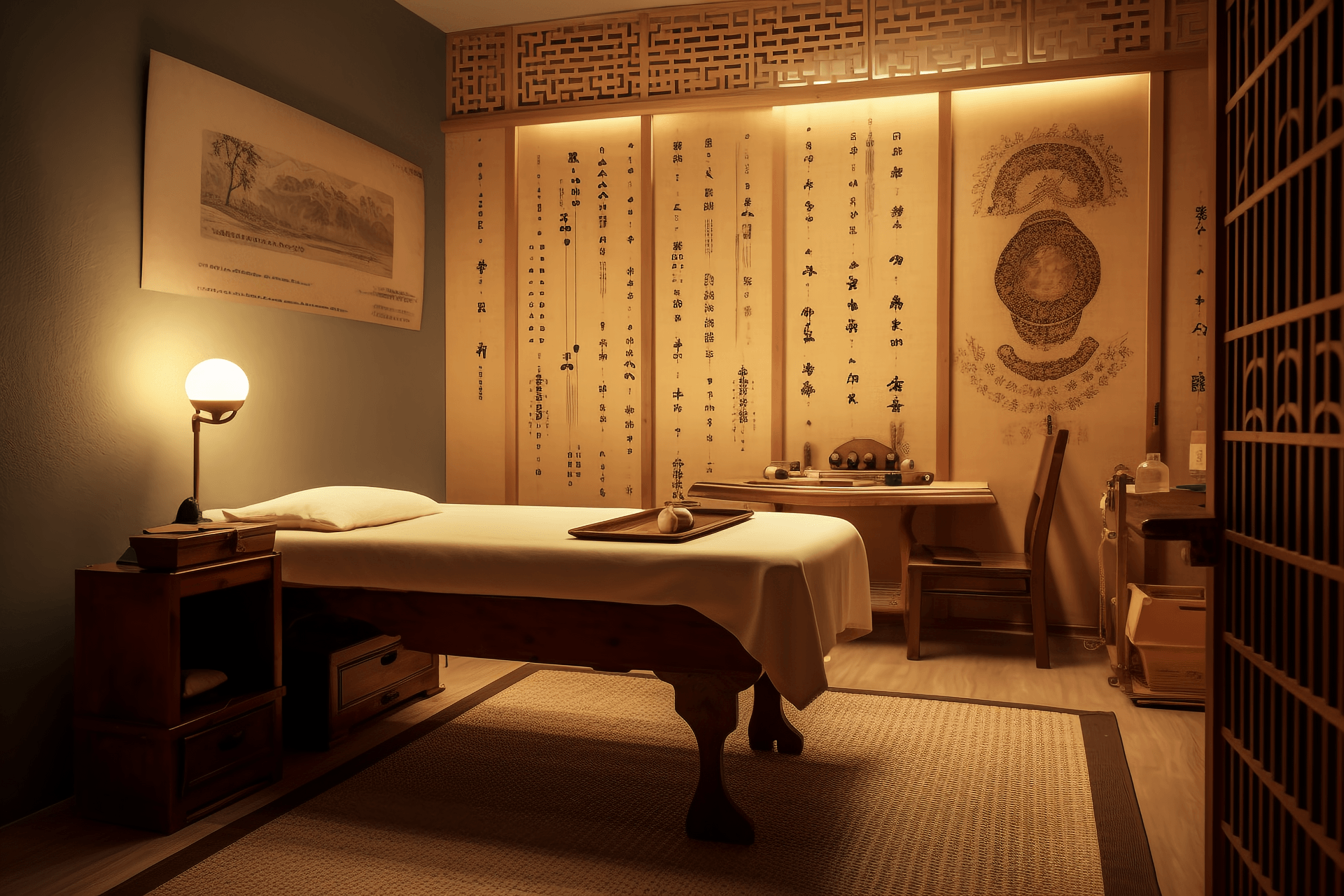【Basic Methods】
There are many methods of moxibustion, but the ones used for tonifying the body are relatively simple. Here are several commonly used basic methods for moxibustion:
1. Direct moxibustion: Direct moxibustion is performed by igniting one end of a moxa stick (usually called a plain moxa stick) made of moxa wool and applying it directly to the acupoint for moxibustion or scorching. If a moxa stick made of moxa wool mixed with warm and aromatic herbs is used for moxibustion, it is called "herbal moxibustion" (both plain moxa sticks and herbal moxa sticks are available at Chinese medicine stores). The method of direct moxibustion mainly involves suspending the ignited moxa stick above the desired acupoint for moxibustion. During moxibustion, the ignited end should be kept approximately 3 centimeters away from the skin. Generally, each acupoint is moxibusted for about 10 minutes until the skin becomes warm and red, with a warm sensation, without causing pain or skin burns.
2. Indirect moxibustion: Indirect moxibustion, also known as moxibustion with a barrier, involves placing a substance between the moxa and the skin. Depending on the substance used as a barrier, there are different types of moxibustion techniques: moxibustion with ginger as a barrier is called ginger moxibustion; moxibustion with garlic as a barrier is called garlic moxibustion; moxibustion with salt as a barrier is called salt moxibustion, and so on. Indirect moxibustion has a gentle heat and provides dual effects of moxibustion and the added substance. The therapeutic effect depends on the nature of the material used as a barrier. For example, ginger moxibustion and aconite cake moxibustion can enhance the warming and tonifying effect, and are often used for tonifying deficiency and boosting yang. Drum cake moxibustion, on the other hand, is often used for dispersing toxic pathogens and is generally considered a purging method. Among the various forms of indirect moxibustion, we will focus on introducing ginger moxibustion. Fresh ginger slices, slightly thicker than a one-yuan coin, are placed on the selected acupoints. The moxa stick is then placed on top, and ignited with a match or other ignition source. When a burning sensation is felt, the ginger slices can be slightly lifted and then immediately placed back down. This process is repeated until the local skin becomes flushed. Ginger has warm properties and a pungent taste, and it has the functions of warming yang, dispelling cold, and stopping vomiting.
【Moxibustion Techniques】
Moxibustion techniques for tonifying or purging are also important. Ancient people have long recognized this. In the "Ling Shu · Back-Shu Points" section, there is already a record of moxibustion for tonifying or purging with moxa sticks: "If tonifying with fire, do not blow on the person, let it extinguish naturally; if purging with fire, blow on the fire quickly, transfer the moxa stick, and let the fire extinguish naturally." The "Moxibustion for Tonifying and Purging" section of the "Complete Works of Acupuncture and Moxibustion" provides more detailed instructions and supplements on ancient tonifying and purging methods, pointing out: "If tonifying with fire, do not blow on the fire, wait for it to extinguish naturally, then press on the acupoint; if purging with fire, blow on the fire quickly and open the acupoint." This means that moxibustion for tonifying aims to slowly transfer the heat generated by the ignited moxa stick into the body, and immediately and rapidly press on the moxibustion site to gather the Zheng Qi (healthy energy) instead of dispersing it, in order to achieve the purpose of tonifying deficiencies. This is the tonifying method of moxibustion. Purging moxibustion, on the other hand, involves continuously blowing on the ignited moxa stick after it is ignited, to quickly ignite the moxa fire and transfer the heat into the body. After moxibustion, the moxibustion site should not be pressed, in order to allow the pathogenic heat to dissipate from the body along with the moxa fire, achieving the purpose of purging heat and eliminating excess.
Modern research has found that the tonifying and purging effects of moxibustion on the body are different. Experimental results of moxibustion on the Dazhui acupoint in mice showed that the temperature changes in the acupoint area varied with different methods. Although there was no significant difference in the peak temperature of the skin between tonifying and purging moxibustion, the increase in subcutaneous temperature was significantly higher in tonifying moxibustion, and the duration of the temperature increase was longer than in purging moxibustion.
The tonifying and purging effects of moxibustion in indirect moxibustion are determined by the nature, taste, and functions of the substances used as barriers. When using substances that tend to purge, such as croton seeds and soybean cake, for moxibustion with a barrier, the purging effect is achieved and is often used for dispersing toxic pathogens. When using substances that tend to tonify, such as ginger and aconite cake, for moxibustion with a barrier, the tonifying effect is achieved and is often used for tonifying deficiencies and boosting yang.











